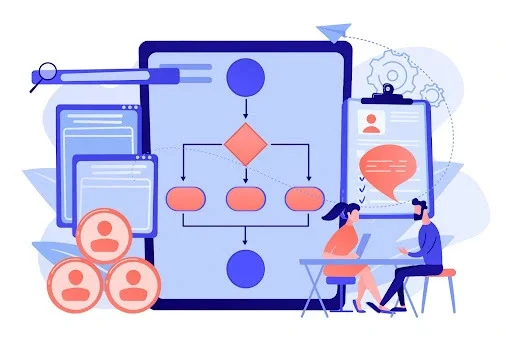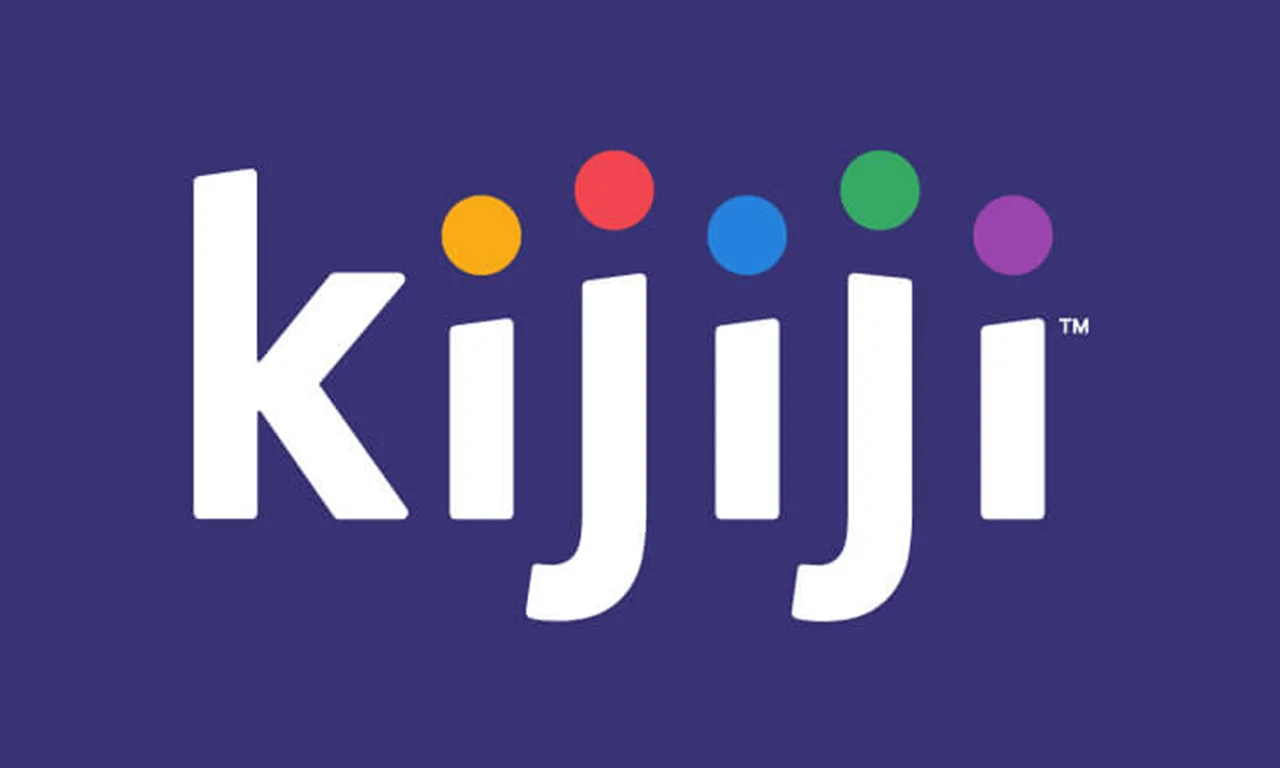Starting a new job can be daunting. Let us help you with an effective Onboarding Checklist. It is an effective way to map out all the essential tasks necessary to set up your new hires for success from day one. This checklist isn’t just a list of things that need to get done; it’s a blueprint of how your organization will help them reach their full potential.
Another important aspect of this process is IT Onboarding, where you must learn about the company’s specifics and all the tech requirements you must adapt to. Luckily, there is a solution for employers and new hires alike – the new-age onboarding software.
Here are some key elements that belong on The Ultimate Onboarding Checklist:
Initiate Communication Before the First Day
It may seem like a simple step, but establishing communication before an employee’s first day can significantly influence their perception of your organization and kickstart their journey on a positive note. The idea is not to wait until their first day; instead, reach out via email before they officially join, welcoming them warmly and offering detailed guidelines on what to anticipate during their initial days or weeks. This early interaction builds a sense of belonging and can alleviate first-day jitters.
Ready the Workspace in Advance
Nothing says ‘we’re ready for you’ quite like a well-prepared workspace. From the moment a new hire steps foot in your office, they should feel welcomed and equipped to dive into their role. Everything they require should be readily accessible at their desk, including any necessary technical equipment or office supplies. Ensure all logistics are handled beforehand, allowing them to start work immediately upon arrival, enhancing productivity and efficiency.
Foster Relationships with Key Team Members
Onboarding extends beyond paperwork and equipment provision; it’s a process that integrates a new hire into the team fabric. Arrange a series of introductory meetings throughout their initial week with key members across various teams. These introductions not only provide your new recruit with a holistic view of the organization’s structure and workflow but also set the stage for potential cross-functional collaboration.
Instill Your Organization’s Culture
A robust and inclusive culture is central to successful onboarding in IT and other sectors. Spend time elucidating your organization’s culture, values, and work ethics. Highlight how each role contributes to the broader organizational objectives and how inter-departmental cooperation fosters a productive work environment. By imparting these insights, you promote a deeper engagement and facilitate the newcomer’s assimilation into your company’s ethos.
Comprehensive Orientation and Job Training
Orientation and training are pivotal components of the onboarding process. Provide clear information about their role, benefits packages, company policies, and more, answering any queries they may have. Research indicates that effective onboarding can cut staff turnover by up to 80%. To realize this potential, furnish accurate job profiles outlining key responsibilities and required skills. Continuous feedback enables employees to align their growth with the company’s objectives.
Invest in Mentorship Programs
Mentorship programs are an excellent tool for acclimating new hires. A mentor, ideally a senior employee, can guide the newcomer, offering insider knowledge and addressing concerns that may not surface in formal orientations or training.
Regular Check-ins and Feedback
Schedule regular check-ins during their initial weeks to ensure your new hire is settling in well. Offer constructive feedback on their performance and ask for their input about the onboarding process.
Encourage Involvement in Team Activities
Encourage your new employee to participate in team activities or projects early on. This active involvement can speed up their understanding of the company’s operations and foster a sense of camaraderie.
Clarify the Career Growth Path
A clear career trajectory can motivate new hires and show them that the company invests in its employees’ futures. Outline potential growth opportunities and the necessary steps to achieve them.
Ongoing Support and Guidance
Onboarding is not a one-off process; it should be ongoing, with regular guidance and support to ensure the new hire’s smooth transition into the company. Remember, a well-executed onboarding process can set the tone for an employee’s entire journey with your organization, impacting their productivity, job satisfaction, and long-term retention.
Conclusion
Onboarding is an incredibly significant part of your recruitment process where consistency is everything in terms of lateral processes containing detailed guidelines such as providing guidance through videos or checklists for all resolutions during on-the-job training phases necessary – using this method also creates less organizational frustration when managers delegate tasks informally in hopes that staff members can easily figure out complicated procedures. The need for this kind of setup leads to quicker integration among newly acquired hires who are enthusiastic about learning multifaceted rules, which will translate into bigger profits and higher employee satisfaction.


















